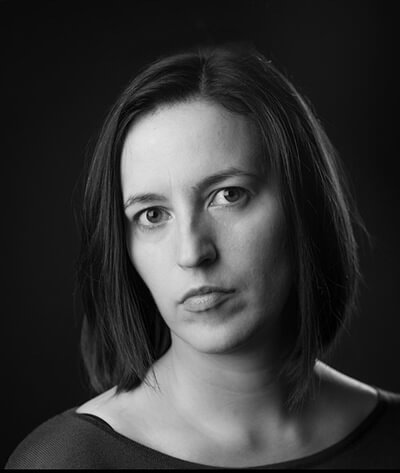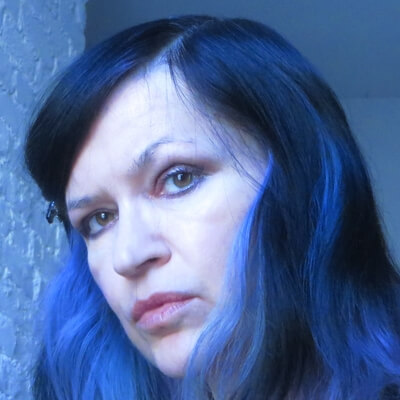When I do book talks, I always take a moment to display to the audience the special free giveaway for everyone who buys a book. For Spook, purchasers received an “Ectoplasm Bookmark”! Spiritualist mediums in the 1920s used to swallow tightly wadded cheesecloth and covertly regurgitate it during séances. (Spread out in the dark, it looked ghostly and filmy.)
You might not think that a 1″ x 4″ strip of unadorned cheesecloth would motivate a person to buy copies of a $32 hardback, and there you’d be mistaken.
You might not think that a 1″ x 4″ strip of unadorned cheesecloth would motivate a person to buy copies of a $32 hardback, and there you’d be mistaken. I personally have always been a sucker for this kind of thing. I am a child of the Cracker Jack era, back when the prize inside was a tiny metal or plastic toy, not a goddam rub-on tattoo.
With Bonk, I had colorful travel toothbrushes custom-printed to say KEEP YOUR CAVITIES FILLED (and a website URL). In Salt Lake City, a man handed it back, saying, “I’ll just throw it away when I get home.” I recall sitting there at my signing station, carrying on a conversation with the next person in line, all the while thinking, “Who would throw this away? Doesn’t everyone need a colorful travel toothbrush?”
Packing for Mars readers got a spoonful of genuine simulated moon dust, the kind NASA was purchasing in great heaps to be sure dust particles weren’t going to gum up rover engines or scratch camera lenses when we went back to the moon. We never did go back there, so the whole enterprise was something of a bust. Your taxpayer dollars at work for Mary Roach giveaways.
For the new book Grunt: The Curious Science of Humans at War, I tracked down the manufacturers of the tiny toilet paper packets that go into every US MRE (Meals-Ready-to-Eat—combat rations). They’re made 10 miles from my home, in a warehouse run by the San Francisco Lighthouse for the Blind. Elsewhere I had stickers made up that say GRUNT, plus a website URL. I’ll give the packets out at the signing table during the book tour, but I also plan to leave them in airport and restaurant bathroom stalls. The juvenile double-entendre seemed to dovetail nicely with my reputation.
When I went to pick them up, manager Skip Foster showed me how they’re made. A five-foot-wide roll that the people there call the “King Kong toilet paper roll” is mounted on a machine that feeds it into “slitters” that make a row of normal-TP-width strips. The machine then stacks, folds, and compresses these strips, which are then separated into units, wrapped, and spit into a waiting box at a rate of a thousand per minute.
Military TP is made to US Government Toilet Paper Specifications, and as such is stronger than most commercial brands. Servicemen and women complain about it because they want more of it. Skip tried to persuade the military to include two packets in each MRE, but had no luck with that.
I don’t know how many books it will move, but it certainly made for an interesting morning.













